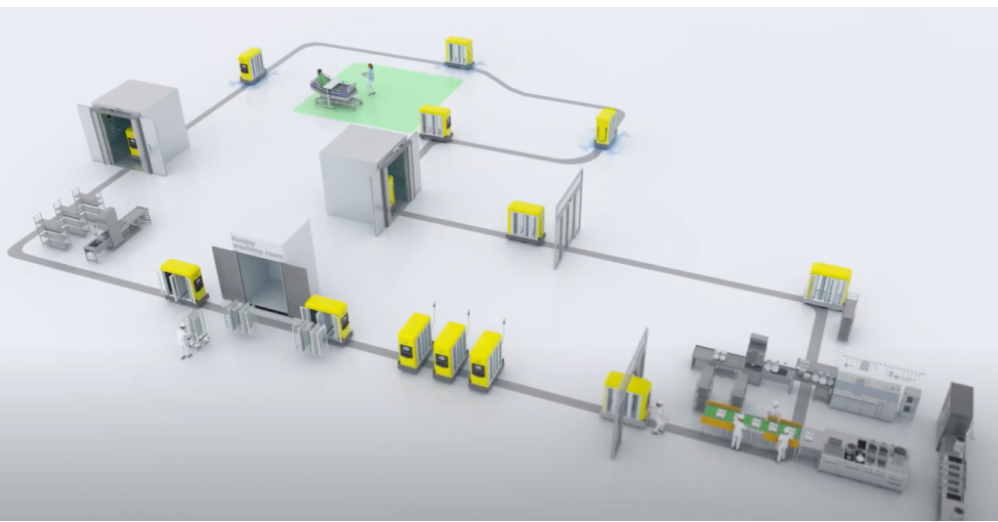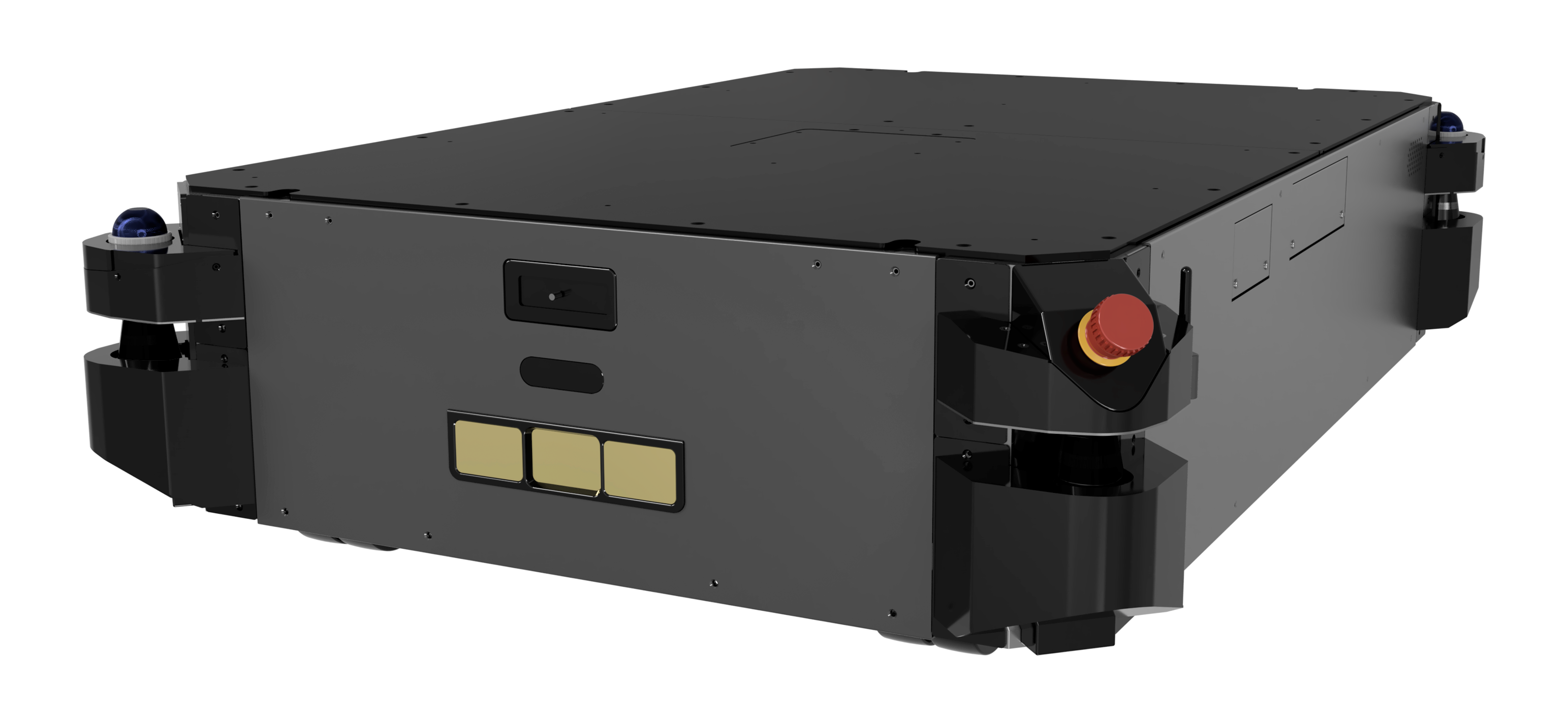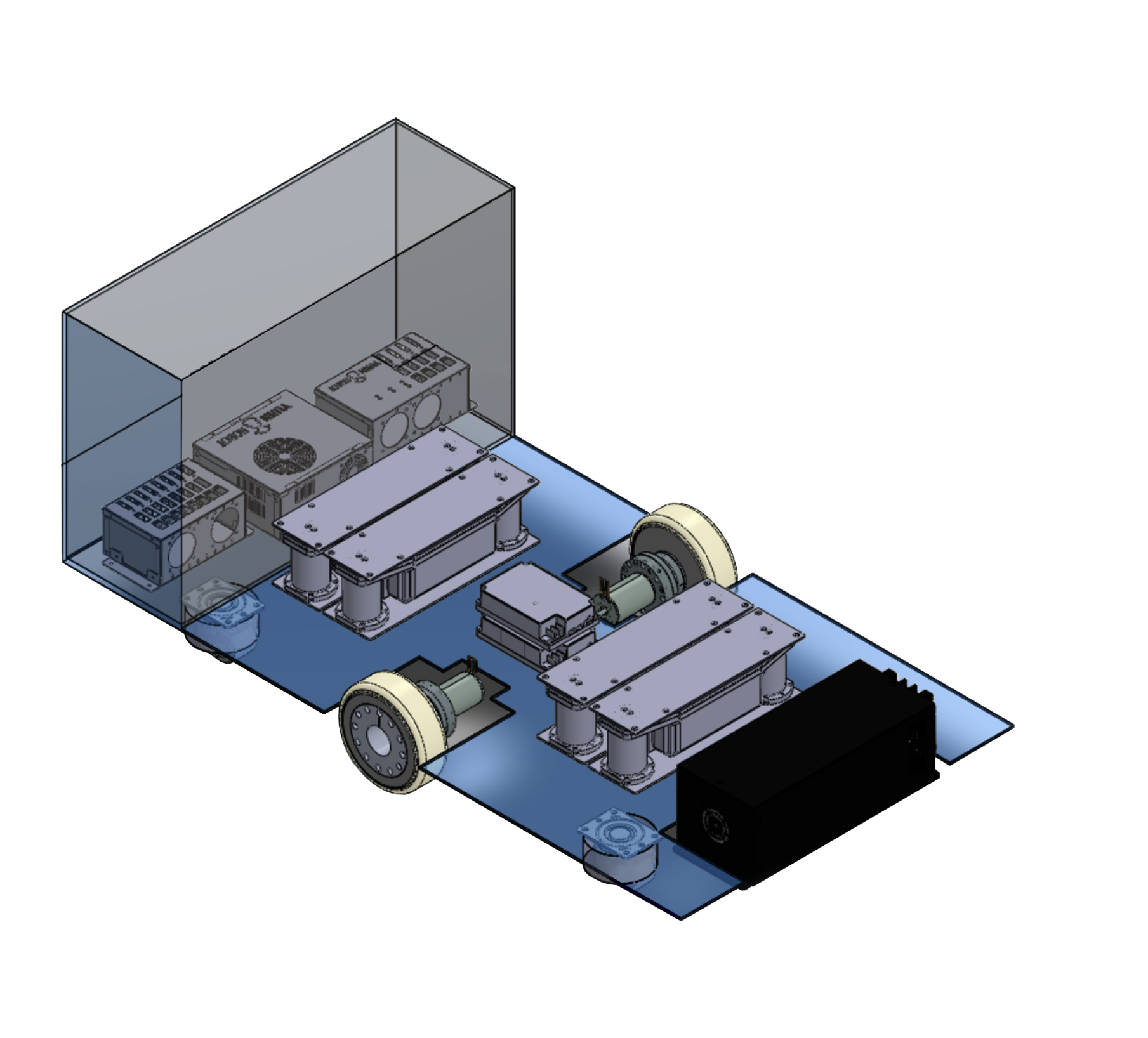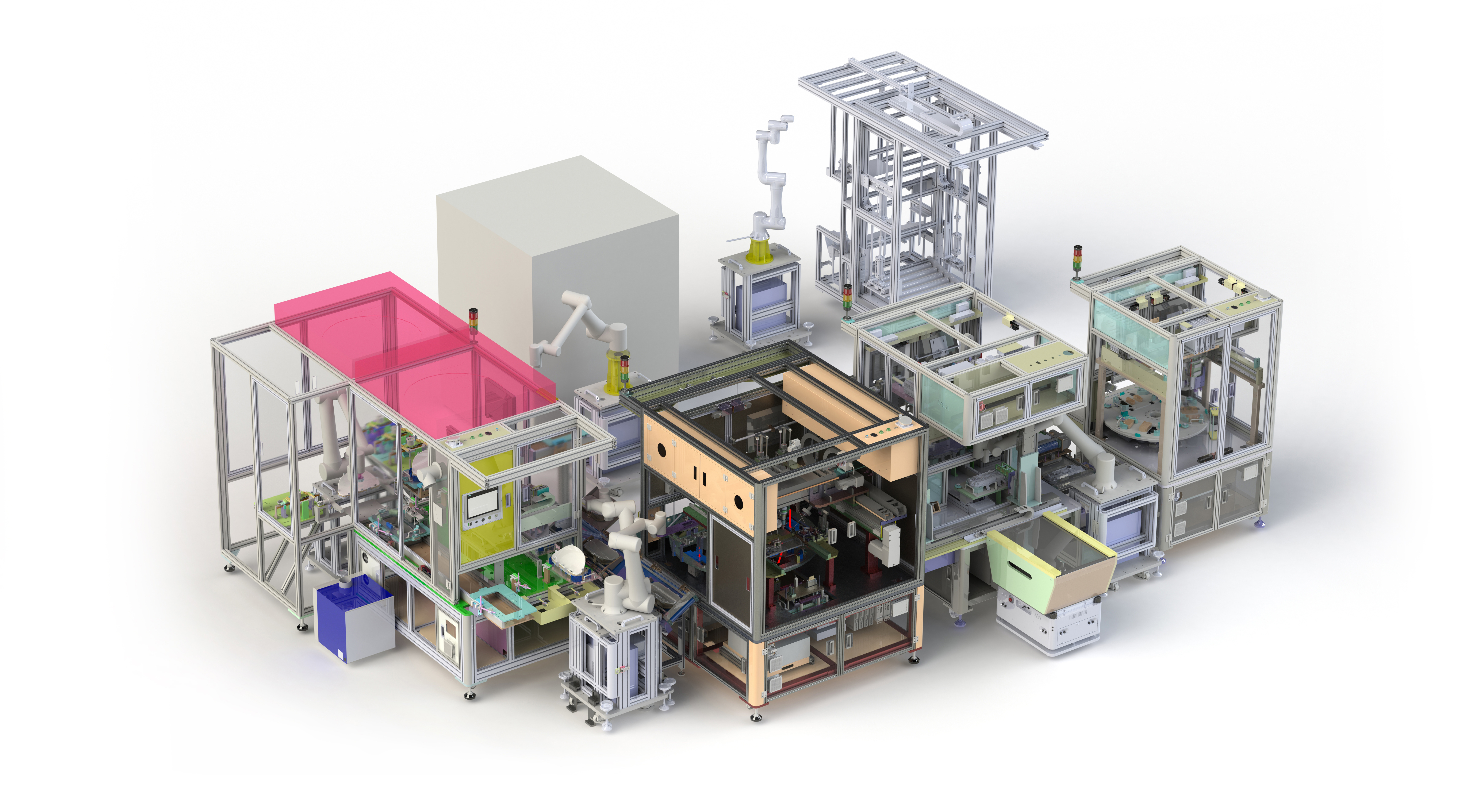There are more than 3 million industrial robots currently in use in factories around the world. In the U.S., approximately 30,800 new industrial robots were installed in 2020 alone, many in the manufacturing and industrial sectors. In fact, according to McKinsey’s Global Robotics Survey, 87% of companies use some type of industrial robot.
As the global robotics industry continues to expand, so does the demand for robots that can perform an even wider range of tasks independent of human support. Two such categories of robots are automated guided vehicles (AGVs) and autonomous mobile robots (AMRs).
AGVs and AMRs both navigate spaces independently, performing tasks like lifting, pulling and delivering. Both are used in manufacturing and industrial spaces but have different capabilities and functions. In this post, we’ll look at how these two types of mobile robots operate in the manufacturing sector, explore the difference between AGVs and AMRs, and discuss the best use cases for each.
Robots in Manufacturing
Robots have a long and productive history in industrial spaces. In fact, the first industrial robots came on the scene more than 60 years ago. Today, about 90% of all robots in operation can be found in factories or manufacturing facilities.
In order to stay competitive, manufacturers need to find ways to increase efficiency and productivity while reducing costs. Robots are the perfect solution. Through the use of robotics, manufacturers can:
- Improve productivity and efficiency. In many cases, robots can work faster and with a greater level of accuracy than humans. This leads to increased output and fewer errors. Robots can also work longer hours than their human counterparts, keeping operations moving around the clock.
- Improve safety. Robots take on jobs that are dangerous or difficult for humans. Robots can handle hazardous materials, lift heavy loads and perform repetitive tasks that would take a toll on human workers. Not only is the workplace safer for the humans on staff, it frees them up to do more creative, fulfilling work.
- Reduce costs and increase profit. Labor shortages in manufacturing slow production and clog up supply chains. Robots fill gaps in staffing and free up resources that would have been devoted to employee wages and benefits.
As robots continue to become more sophisticated and specialized, so do the tasks they can perform. AGV and AMR robots that work among, alongside and with human employees see a bright future for robotics in manufacturing. In fact, the International Federation of Robotics has declared the future is already at hand, stating, “the mobile revolution is already here."

What is an AGV?
According to the International Federation of Robotics (IFR), AGVs are automated mobile platforms that rely on guided paths and external markers to navigate the environment. They “cannot map their own route.”
AGVs require an external infrastructure for navigation purposes. This typically takes the form of magnets or lasers that are embedded into the floor or walls of facilities. They can be programmed to perform specific tasks like lifting, tugging or transporting objects from one location to another. AGVs also use collision avoidance sensors to navigate their surroundings and avoid obstacles.
Fast Fact: Mckinsey found that 55% of manufacturers used automated guided vehicles (AGVs) in 2018.
What is an AMR?
In contrast to AGVs, AMRs navigate autonomously without needing external infrastructure. AMRs use onboard sensors and navigation capabilities to adapt to their environments and change paths on their own.
In a 2021 paper on the future of mobilization, the IFR laid out how AMRs are uniquely adaptable to the manufacturing sector:
“AMRs help manufacturers in high-mix/low-volume environments to rapidly adjust production to meet demand. AMRs are enabling new business models aimed at supporting flexible production. They also provide data that can be used for performance improvement of individual processes and to establish a real-time overview of production.”
AMR vs. AGV: Use Cases
AGVs and AMRs look similar and can perform the same types of tasks in manufacturing settings. Both are mobile robots, but whereas AGVs need guidance (often a track) to move within a facility, AMRs have navigation and mapping built in.
Think of AGVs as a city’s light rail system. They navigate on predetermined tracks to carry out specific tasks. AMRs are more like your Uber driver. They also carry out pre-determined tasks but have the flexibility to reroute and change course if obstacles get in their way.
AMRs also have the ability to learn about and within an environment, making AMRs infinitely more adaptable. If an AGV detects an obstacle in its path, it will stop and wait for human intervention. An AMR not only detects obstacles but alters its path to move around them. AMRs also tend to be smaller and lighter than AGVs, making them better suited for applications where space is limited.

AGV vs. AMR: A Closer Look
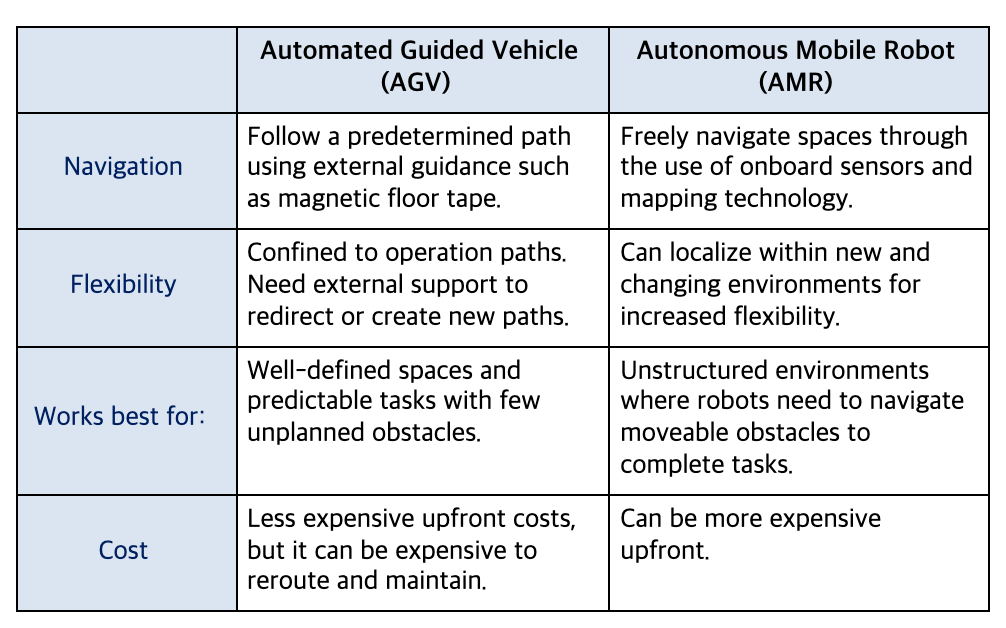
Which type of mobile robot is right for you? It depends on your needs. If you need a flexible robot that can handle complex environments, an AMR is the best choice. If you need a precise robot for a specific task, an AGV might be sufficient.
Regardless of the type, robots are increasingly becoming standard practice in manufacturing facilities for efficiency, safety and cost savings. As the IFR says, the mobile revolution is upon us — and you don’t want to get left behind.




